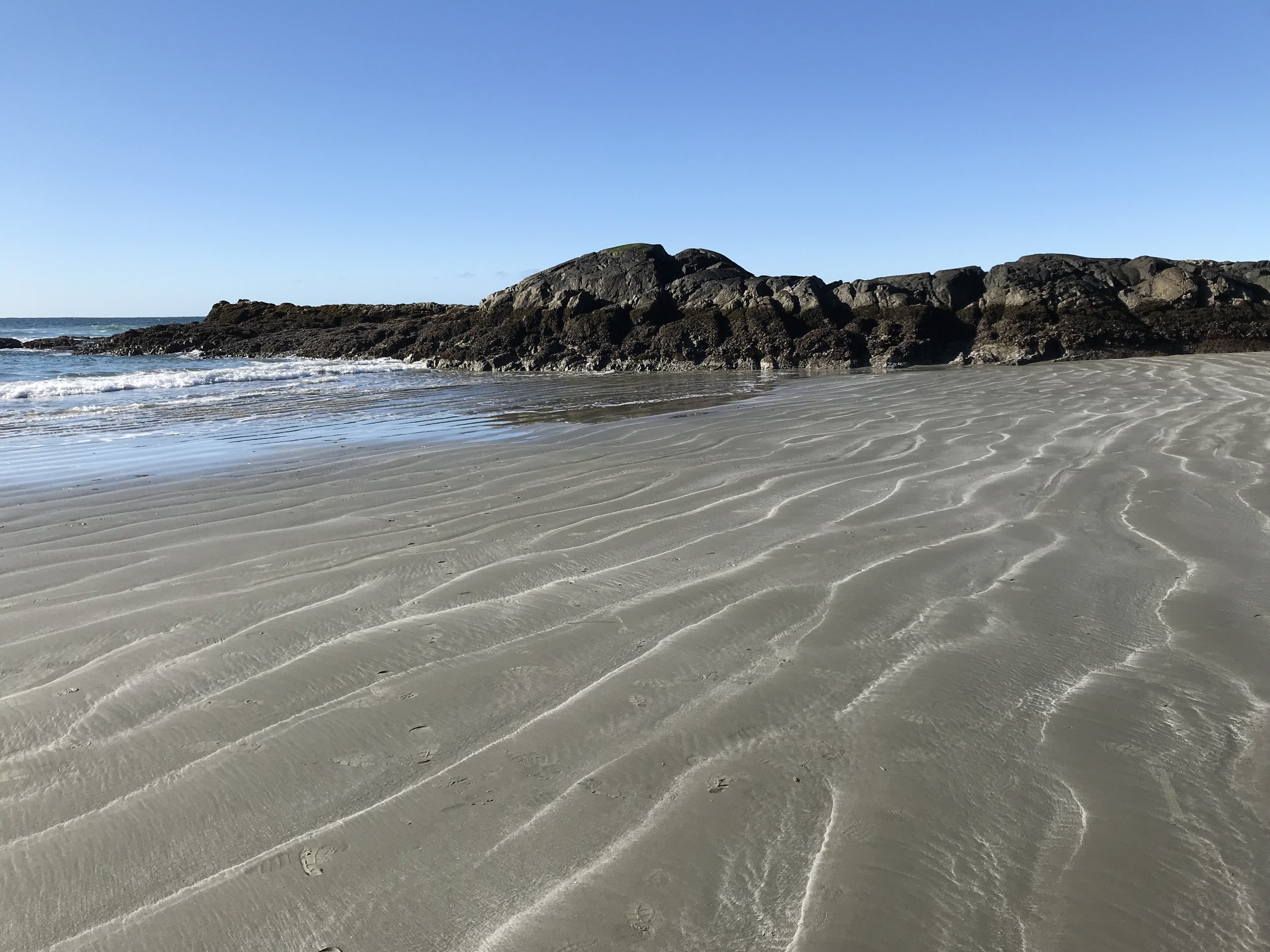
Writing With a Broken Tusk
Writing With a Broken Tusk began in 2006 as a blog about overlapping geographies, personal and real-world, and writing books for children. The blog name refers to the mythical pact made between the poet Vyaasa and the Hindu elephant headed god Ganesha who was his scribe during the composition of the Mahabharata. It also refers to my second published book, edited by the generous and brilliant Diantha Thorpe of Linnet Books/The Shoe String Press, published in 1996, acquired and republished by August House and still miraculously in print.
Since March 2024, Jen Breach (writer, VCFA graduate, and former student) has helped me manage guest posts and Process Talk pieces on this blog. They have lined up and conducted author/illustrator interviews and invited and coordinated guest posts. That support has helped me get through weeks when I’ve been in edit-copyedit-proofing mode, and it’s also introduced me to writers and books I might not have found otherwise. Our overlapping interests have led to posts for which I might not have had the time or attention-span. It’s the beauty of shared circles.


Guest Post: Karen Leggett Abouraya Talks Art Process with Susan L. Roth
Karen Leggett Abouraya and Susan L. Roth have collaborated on picture books for years. Yes, collaborated, which isn’t something authors and illustrators are known to do in North American publishing. We’re all carefully schooled in detachment in the creation of picture books, right? Here’s a different take on this.
Their picture book, Zamzam, is an ode to family love that reaches its arms around the world, and an exploration of the big and little differences that colour us human. It’s also a verbal-visual collaboration.

Zohran Walks New York by Millie von Platen
Only in America would a Democratic Socialist candidate cause as much pearl-clutching as Zohran Mamdani managed to set off. Primary voters cast enthusiastic ballots for him, electing him the Democratic candidate in the race. Then came a tidal wave of misinformation and attacks. It felt as if the pushback came precisely because he was trying to be the first millennial, Muslim, Indian-American mayor of New York City.
But Zohran had built a powerful campaign. Volunteers knocked on over a million doors on his behalf. And he had done something else. He’d walked the five boroughs of the city, meeting voters and getting to know their lives and their concerns.
This is the element of Zohran Mamdani’s story that led to today’s delightful picture book, Zohran Walks New York by Millie von Platen (Calkins Creek).
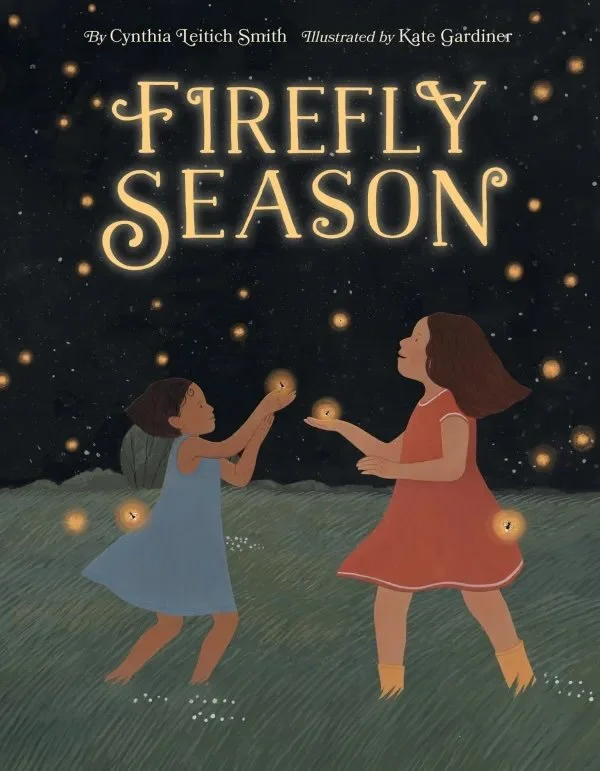
Process Talk: Cynthia Leitich Smith on Firefly Season
Among the many voices bringing contemporary Indigenous stories to young readers in North America, one narrative has been conspicuous in its absence. By that I mean stories of relationships between Native American or First Nations characters and those from India—children with very different origins and histories, from very different places on the face of our planet. yet sharing a moniker that is a bitter kind of joke, bestowed upon many diverse communities by the circumstances of colonization. So when I heard about Firefly Season (Heartdrum) by my dear friend and colleague Cynthia Leitich Smith, I knew I'd want to hear more from her about the making of this book.
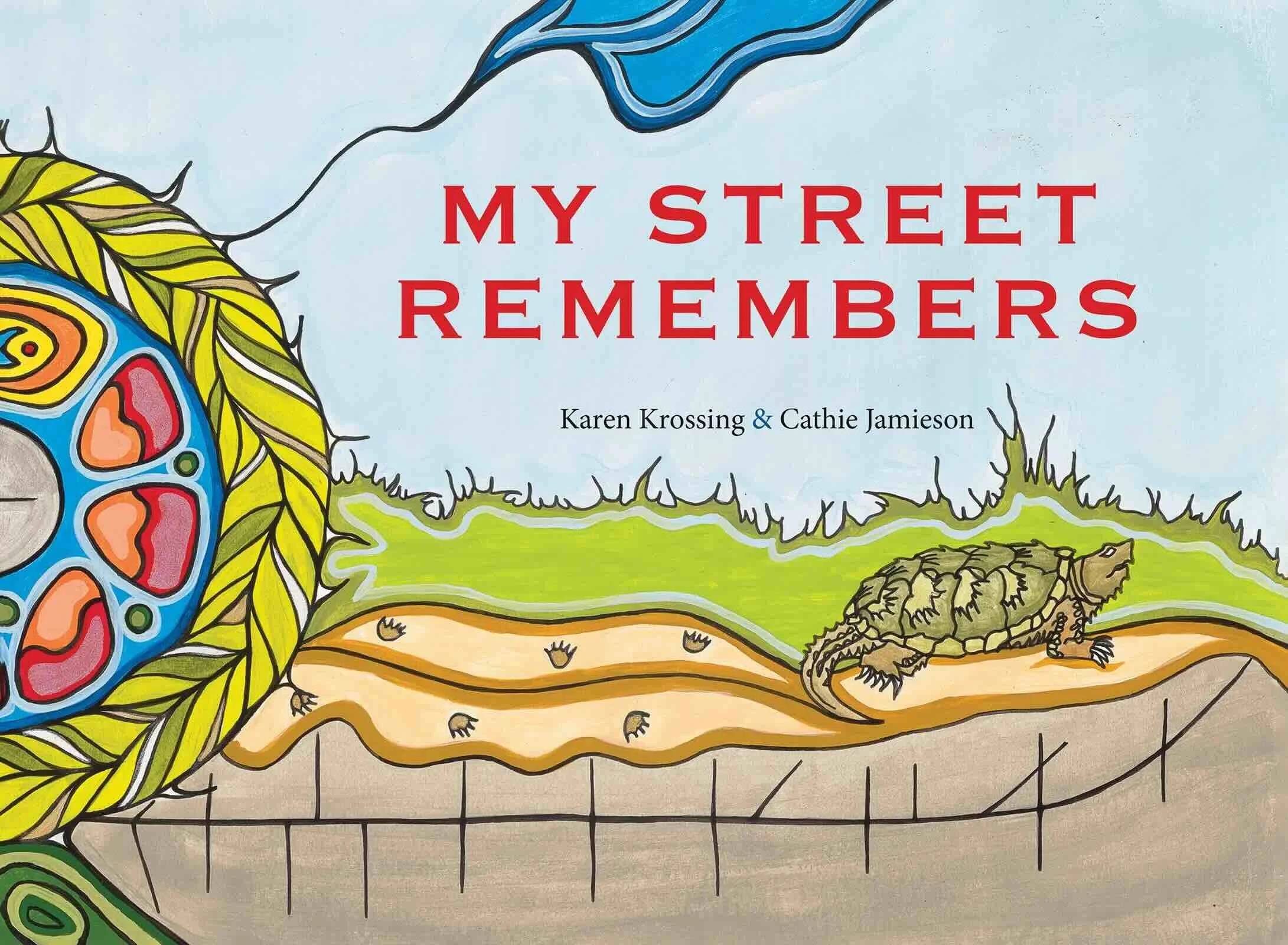
Process Talk: Karen Krossing on My Street Remembers
In a big-hearted treatment of place and history, akin to Australian writer Nadia Wheatley’s iconic picture book, My Place, Karen Krossing’s latest release, My Street Remembers, is grounded in conceptions of people and place that we’d all do well to reflect upon:
everyone is part of history and every place has a story worthy of telling.
story should be told in all its aspects, joyful and sad.
just as the Earth has layers, so do our histories.
if we are to grow beyond our worst instincts, those histories must be told and read and talked about.
I'm delighted to welcome Karen Krossing to Writing With a Broken Tusk.

Guest Post: Jamilah Thompkins-Bigelow, Picture Books and the Playfulness of Children
Jamilah Thompkins-Bigelow knew she wanted to be a writer at the age of seven when she wrote a story called “Little Ballerina” and wasn’t satisfied with it when she finished it. She added a sequel and then more, until she had “an impossibly long series.” More from her web site:
I wrote stories and poetry all through grade school and even college, but as an adult, I suppressed my dreams of pursuing professional writing.
This pathway so closely mirrors my own childhood writing experiences and my own reluctance to honor them as an adult that I thought I’d reach out to Jamilah for a guest post. I meant to, but got sidetracked by the daily shuffle.
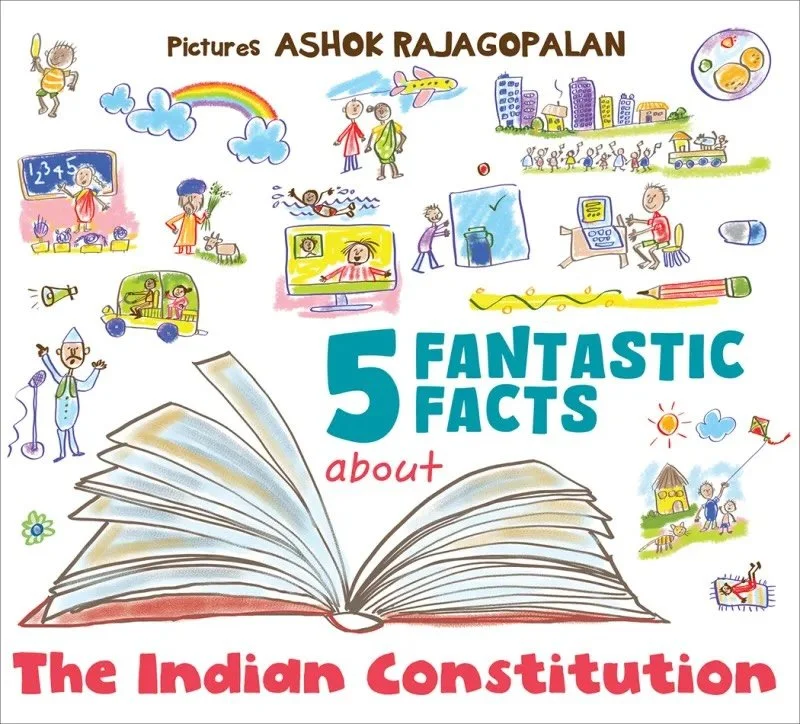
Rules, Rights, and Duties: the World’s Longest Constitution Distilled for Kids
From its mango-yellow endpapers with letters scribbled across them in multiple Indian language scripts to its freshly voiced text and the colourful, energetic illustrations by Ashok Rajagopalan, 5 Fantastic Facts About the Indian Constitution is a charming invitation from the writer-editors of Tulika Books to young readers.
I emailed Radhika Menon about the book and this is what she wrote:
It really was a challenge to do a picture book on the Constitution for five and six year olds as their first introduction to the Constitution. It is personally a very important book for me to have our children - and grandchildren - grow up with the knowledge that we have a fantastic constitution…and why it is fantastic. The idea had to be introduced visually with humour and affection for it to stay with them. Ashok was the perfect illustrator.

Process Talk: Taraneh Matloob on Dear New Friend
Taraneh Matloob’s new picture book, Dear New Friend, feels like an invitation to step into its pages ro meet the Persian family she portrays. Many little touches set this up—a secret knock, a grandmother humming a tune, and watermelon!
Oh, and watermelon seeds—and you can tell what comes after that, can’t you? Taraneh’s path has crossed mine in other ways in the past, in her capacity as a translator (she translated my friend Susan Fletcher’s Shadow Spinner into Farsi) and a children’s literature scholar. I’m delighted to have this conversation with her here.

Shape, Space and Scansion in Picture Book Text—Part 2
As a picture book writer who is not also an illustrator, I only have my mind to work with, so when people ask me how my process works, it’s easy to freeze, to default to not knowing. Not knowing makes me inclined to wonder if the art and craft of it all might be purely instinctive. Or worse, perhaps a fluke. So while I was looking at my own book, Look! Look! in this context, I thought I’d ask a couple of writers in my critique group (affectionately dubbed The Autodidacts) to weigh in: Vaunda Micheaux Nelson and Caroline Starr Rose.
I asked each of them to think about one of her picture books to find something that changed between the early draft and the final book.
Vaunda wrote about Almost to Freedom (2004 Coretta Scott King Illustrator Honor Book):
I was working on the final phase of Almost to Freedom. The story is historical — about a family trying to escape slavery — and I am always concerned about getting the history correct.

Shape, Space, and Scansion in Picture Book Text—Part 1
I’ve always been fascinated by writing picture book text, which is in effect, the work of writing what feels like half a book. Only the words, but we know the book won’t be complete until pictures arrive to fill in most of the spread that our words get sprinkled over. So I thought it might be fun and maybe informative as well, to take a look at how I did this, exactly, with one of my picture books. What did I put in? What did I leave out?
To start with, here’s the final draft of the first manuscript page of Look! Look! that I submitted to Groundwood Books in 2023.

Process Talk: Nicola Davies on Ride the Wind
I read Ride the Wind by Nicola Davies in an e-galley, which isn’t the ideal way to read a picture book. Still, even with the limitations of the format, there was something moving and engaging about this book. I enjoyed its depth and scope, and loved how Davies uses the boy’s story to access the albatross’s plight. She also doesn’t shy away from the complexity of human relationships—a representation that’s difficult to pull off in the small container of a picture book. Finally I loved that the child secures his place in his world and finds healing through bearing witness to something larger than himself. So I invited Nicola to tell me more. Here’s the result of our exchange of emails.
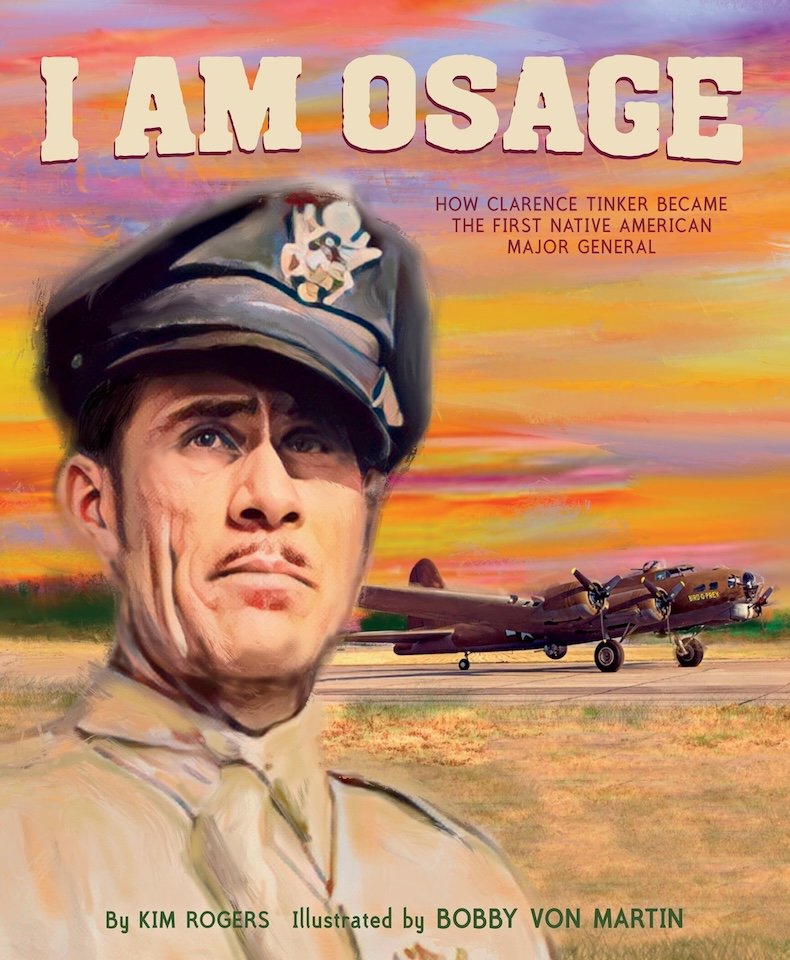
Process Talk with Jen: Kim Rogers on I Am Osage
[Posted by Jen Breach for Writing With a Broken Tusk]
Kim Rogers (Wichita and Affiliated Tribes) comes from a military family. Many of her family members served at Tinker Air Force Base in Oklahoma, named for Clarence Tinker, the first Native American Major General in the US Military, and the subject of Kim’s recent picture book biography I Am Osage.
Finding Clarence’s story was a surprise to Kim–she stumbled across a record of him in the Oklahoma Historical Society while researching something else entirely–and the process of writing the biography was likewise unexpected.
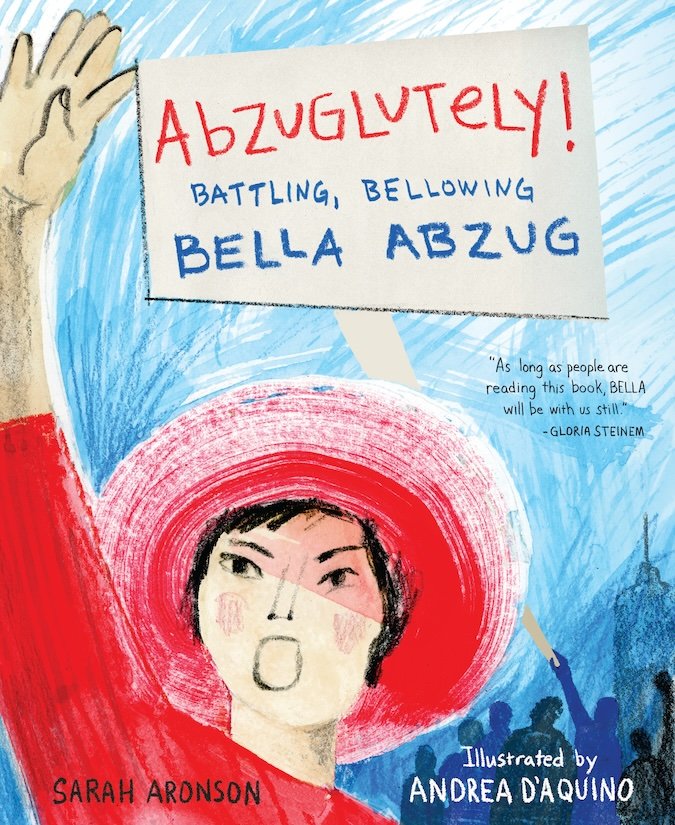
Process Talk: Sarah Aronson on Abzuglutely: Battling, Bellowing Bella Abzug
You know you’ve heard this quip before: “This Woman’s Place is in the House — The House of Representatives.” But do you know who said it? Bella Abzug (1920-1998) was a lawyer, politician, social activist, and pioneer in women’s rights. Here’s Abzuglutely: Battling, Bellowing Bella Abzug, a loving picture book portrait by Sarah Aronson, illustrated by Andrea D’Aquino. I asked Sarah to tell me more about the making of this book.

Guest Post: Chicken or Egg? Marilyn Singer on Reverso Poems
Marilyn Singer’s reverso poems make for lusciously happy picture book reading, so I invited her to tell us more about this jewel of a poetic form that she has created and made her own. Here’s what she wrote.
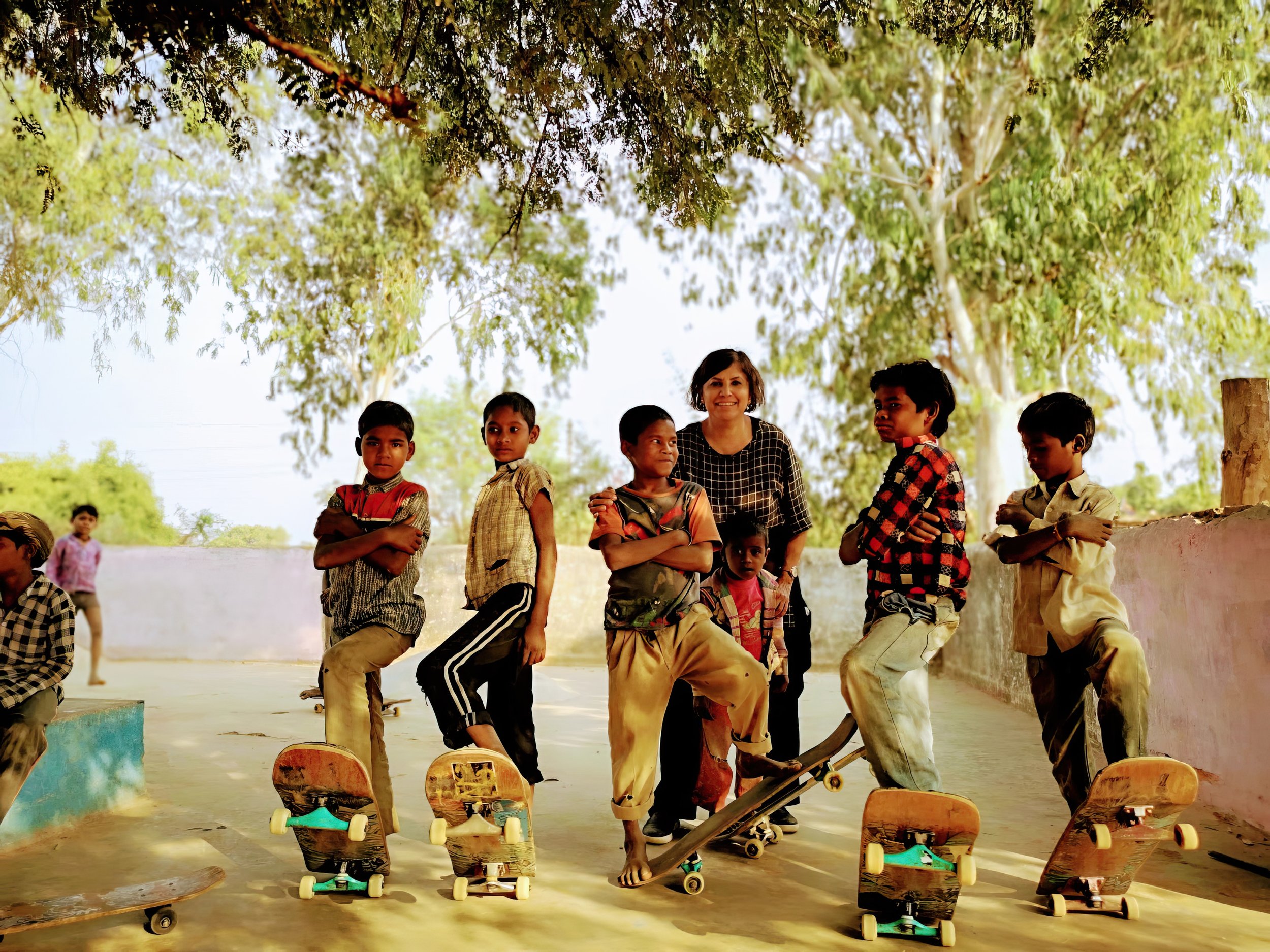
Process Talk with Jen: Rina Singh on Creativity, Resilience, and Centering Children
[Posted by Jen Breach for Writing With a Broken Tusk]
I was utterly moved by Rina Singh’s 2020 picture book biography 111 Trees, which profiled Shyam Sundar Paliwal, an Indian village leader and eco-feminist who, with trees and compassion, replenished the villages water and food supplies, and established equal rights to education for girls. Rina followed that up in 2023 with two more moving and meticulously researched profiles of Indian feminist and conversation activists. I am thrilled to talk with her about her process.

Guest Post: Monique Duncan on Centering Black Stories and Experiences in Children’s Literature
Once in a while, you come across a writer with a big idea—an idea in search of the words it needs for its telling. That was Monique Duncan when she took the picture book intensive semester with me at VCFA. She’d written that idea out, using a many words and plenty of compassion, all of it held aloft by a ton of historical research. Once in a while, you see a project like that settle into a pure, clear distillation of its early self. You see it combined with art that lifts the text so that the book becomes more than the sum of its parts.
Which is why I’m overjoyed to welcome Monique Duncan to this blog, as she writes about the history and personal experience that inspired her picture book, Freedom Braids, illustrated by Oboh Moses and published by Lantana Publishing.

Process Talk with Jen: Elizabeth Partridge on Golden Gate
[Posted by Jen Breach for Writing With a Broken Tusk]
Elizabeth Partridge’s The Golden Gate: Building the Mighty Bridge tracks the epic construction of the Golden Gate Bridge in the 1930s–at the time by far the world’s longest suspension bridge and commonly thought to be an “impossible” project–from an utterly child-centric POV.
Here at Writing With a Broken Tusk, we are preoccupied with crossing borders, and it strikes me that a bridge is as much of a transitional space as a border between countries. But there’s something about the scope of a bridge–especially one as long, and striking as the Golden Gate–that gives us a physical reminder of being in liminal space that crossing an invisible, imaginary, pencil-thin border between countries.

Intersecting Lives in a Larger Cause in Evan Griffith’s Wild at Heart
You know I’m mildly obsessed with storylines in which two lives intersect: Mahatma Gandhi and Dr. Martin Luther King, Jr., Tenzing Norgay and Sir Edmund Hillary. There’s something deeply human about such stories of people finding their way in the world, sometimes against great odds, driven by powerful passions or convictions.
Evan Griffith’s tenderly written dual biography, Wild at Heart: The Story of Olaus and Mardy Murie, Defenders of Nature begins in his subjects’ respective childhoods:

Guest Post: Is Writing a Picture Book Really That Hard? by Veera Hiranandani
Veera Hiranandani writes heartbreaking, devastating, tear-spilling, and, yes, hopeful historical and contemporary novels for young readers about nuanced characters whose identities and experiences figuratively, literally, and literarily cross borders. She’s really really good at it. Her middle grade novel, The Night Diary, won a Newbery Honor. Her most recent releases are Amil and the After, the historical middle grade sequel which continues The Night Diary’s story in post-partition India; and The Greatest, a tender picture book about intergenerational family love, illustrated by Vesper Stamper (released on September 3).
For novelists, the process of writing a picture book can present its own challenges. Here are Veera’s reflections on tackling the “concentrated feel” of a picture book.
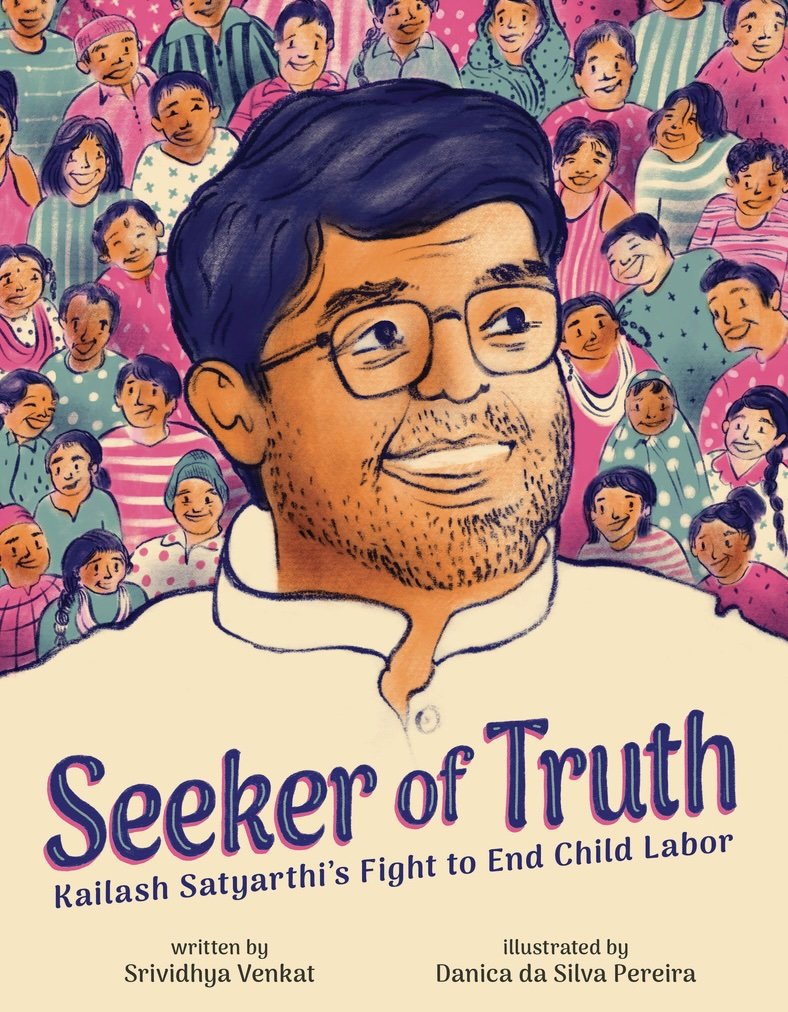
Guest Post: Srividhya Venkat on Seeker of Truth
Kailash Satyarthi’s campaigns against child labor and advocacy for the universal right to education earned him the Nobel Peace Prize in 2014, when he was co-recipient along with Malala Yusufzai.
I was delighted to hear of Srividhya Venkat’s picture book biography, Seeker of Truth: Kailash Satyarthi’s Fight to End Child Labor. Her publisher sent me an e-galley of the book, and I ended up writing a jacket blurb—not something I agree to do that often!
Here’s Srividhya on how she overcame her own doubts and questions and decided this was a book she needed to write:
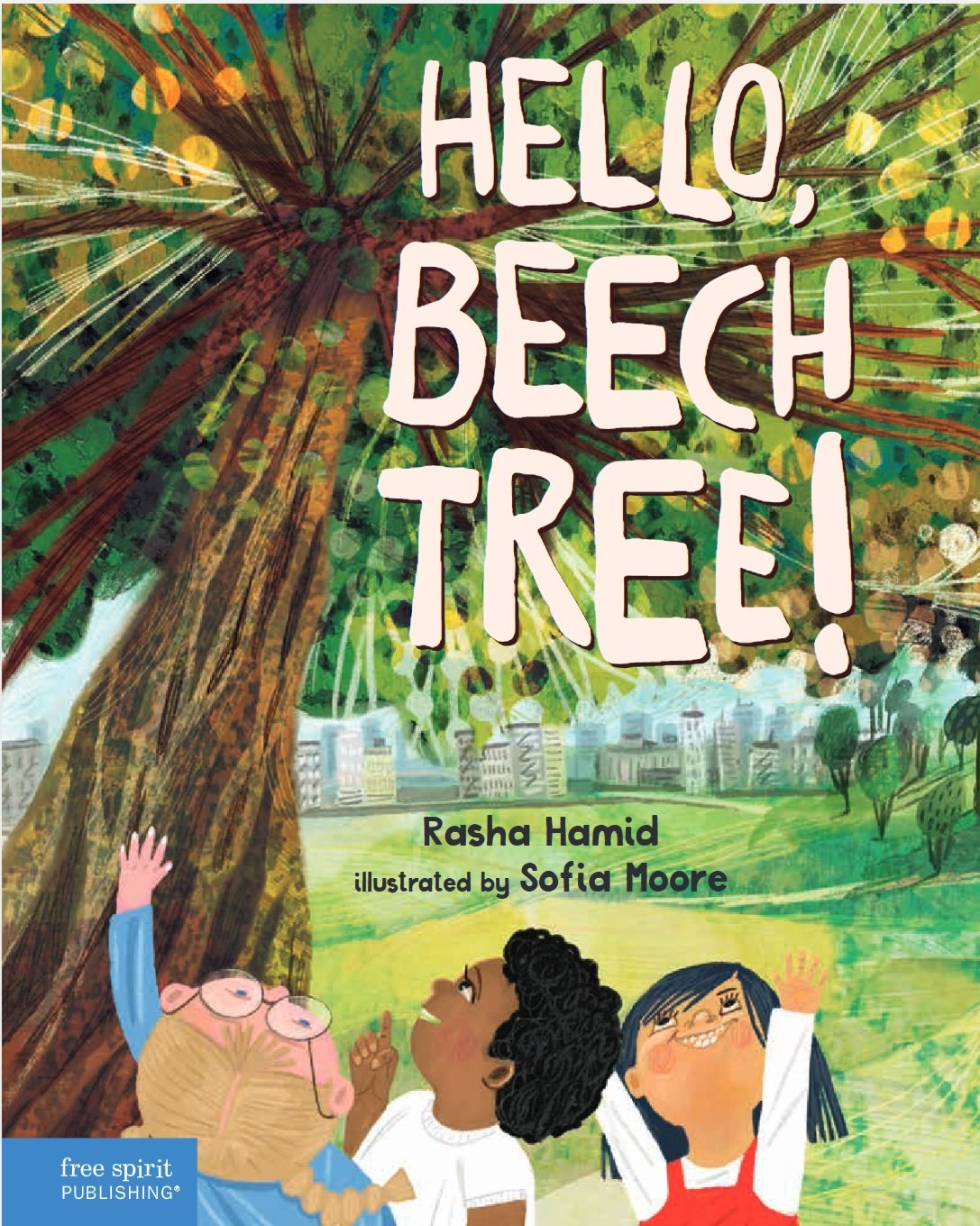
Process Talk With Jen: Rasha Hamid on Hello, Beech Tree
In a guest post about writing nonfiction for children, Rasha Hamid wrote “Historian Robin D. G. Kelley coined the term freedom dreaming to describe the power of imagination as a strategy for collective liberation - imagining the world as it should be so we can make it so. Powerful nonfiction writing at its best stems from freedom dreams.” And Rasha’s nonfiction–including How to Bird and the brand new Hello, Beech Tree!–is certainly powerful.
